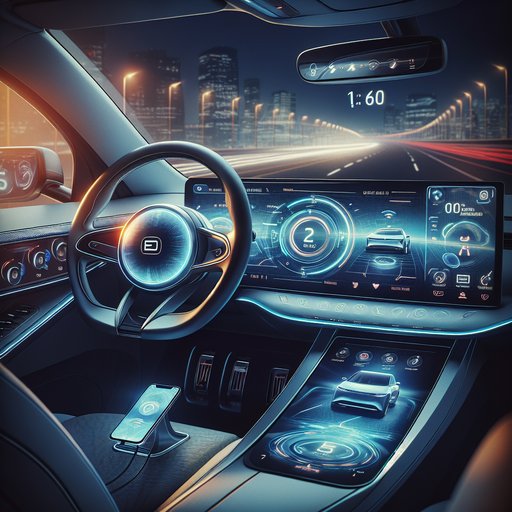
We spent a week and 800 miles with a 2025 BMW i5 eDrive40 to evaluate its infotainment tech and connectivity—pairing iPhone and Android devices, stress-testing navigation, streaming, voice control, and EV route planning in city, highway, and rural coverage conditions.
The i5’s Curved Display pairs a 12.3-inch instrument cluster with a 14.9-inch central touchscreen running BMW Operating System 8.5. Hardware specifics aren’t advertised, but the UI feels fluid, with 60 fps-like animations, quick map redraws, and minimal input latency. Wireless Apple CarPlay and Android Auto are standard, as are OTA updates, an embedded data connection (4G/5G depending on market), Digital Key Plus with UWB, and the MyBMW app for remote functions. Test conditions included morning cold starts, back-to-back driver swaps, and long-haul navigation while streaming over both the car’s eSIM and phone tethering.
Visibility is good; the anti-glare coating handles low sun better than most, though fingerprints accumulate. A persistent climate bar anchors the bottom of the screen, and the retained iDrive rotary controller remains a productivity boost when the road is bumpy. Boot to ready-home averaged ~8–10 seconds; wireless CarPlay typically connected within another 5–8 seconds. Day-to-day UX is a step forward from early OS8 thanks to QuickSelect tiles on the home screen.
Common tasks—changing sources, hopping between nav and phone—take one or two taps. Voice control (“Hey BMW”) reliably handled temperature, seat heating, and destinations; it stumbled on niche queries but understood natural phrasing for most commands. Haptic feedback is subtle, and the steering-wheel buttons are well mapped. The main annoyance remains depth: seat massage, driver assistance configuration, and ambient lighting themes live a few layers down unless you pin them to favorites.
Connectivity proved robust. We ran two phones (iPhone 15 Pro, Pixel 8) simultaneously; the system handled dual Bluetooth gracefully, prioritizing calls on one and media on the other as set in profiles. CarPlay and Android Auto were stable over a week with one brief CarPlay audio dropout that resolved after a replug. The cooling plate under the wireless charger helped—our iPhone navigated and streamed for 90 minutes without thermal throttling.
Four USB-C ports plus a 12V socket covered passengers and dash cams. Navigation and EV planning are highlights. BMW Maps’ cloud routing is quick, with clear lane guidance and optional AR turn overlays in the center display. The EV planner suggested efficient charging stops and preconditioned the pack when a DC fast charger was set as a destination.
On two 150–220-mile legs, predicted arrival state of charge was within 3–4% of actual, and live charger availability was accurate in our tests. Re-routing under spotty rural data lagged briefly but recovered once signal returned. Streaming apps like Spotify run natively, and you can access YouTube and casual games like AirConsole while parked. Audio handoffs between native apps and CarPlay are mostly seamless, though volume levels vary by app.
Overall, iDrive 8.5 in the i5 feels mature: fast, feature-rich, and well connected, with a learning curve that’s manageable if you curate shortcuts. Buyers who value tactile controls will wish for more hard keys, but the rotary controller softens the blow. Set up profiles, pin your top functions, and keep OTA updates enabled—the tech rewards a small investment of time.












